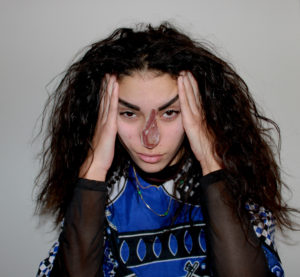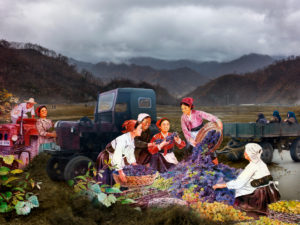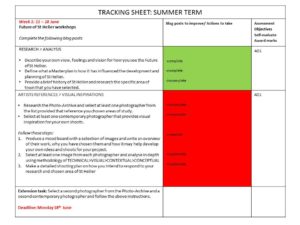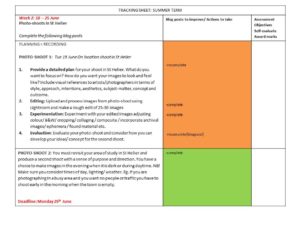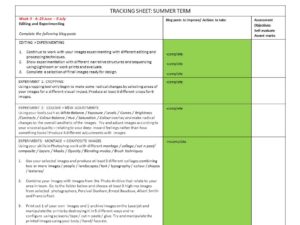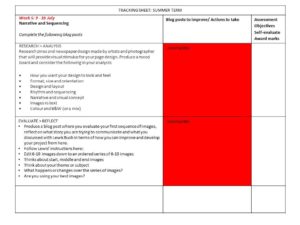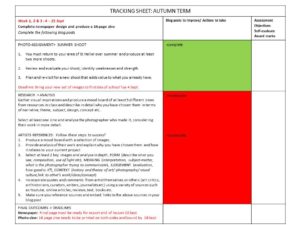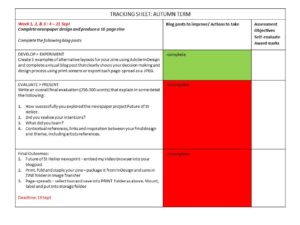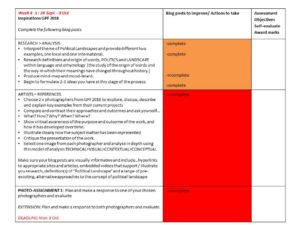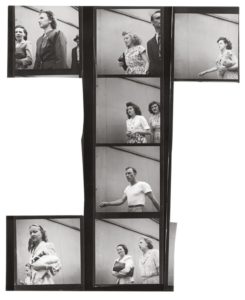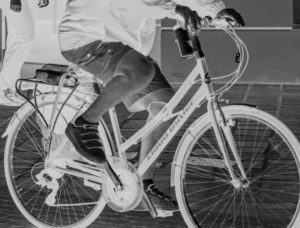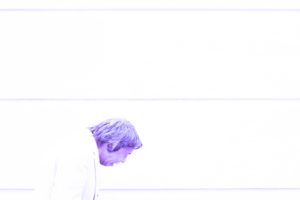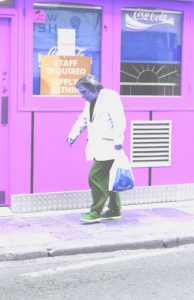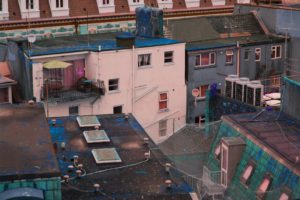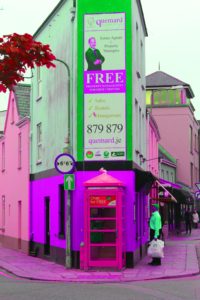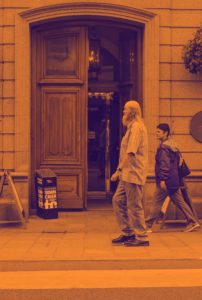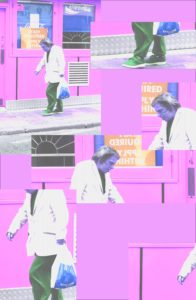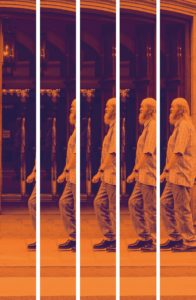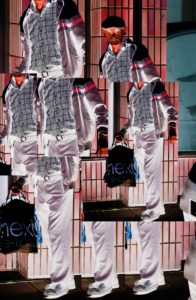
One of Yoko Ono’s early performance work was ‘Cut Piece’, a recorded film where Ono sat on stage in one of her best suits in front of an audience and invited them one by one to approach her and cut a piece of her clothing and take it with them, until eventually she was left with almost nothing on her body. This simple act carried a great message behind it even though Yoko never communicated anything to her audience other than their instructions and instead sat motionless and expressionless. This aspect of this piece was to promote peace even when cutting her clothes off carried a brutal and horrifying message about the way women are looked at and used by men and women. Yoko explained

‘So of course I was saying, hey, you’re doing this to women, you know? We’re all in it. But also, at the time, it’s much better to just go with it. And that thought of letting women know that, you know, we’re all going through this, but don’t fight, let it happen. By not fighting, we show them that there’s a whole world, which could exist by being peaceful.’ – Yoko Ono. Cut Piece. 1964 | MoMa
The whole video was shot in black and white which comes with the use of an old film camera, with lighting coming from three directions; the front and either side of Ono which can be seen with the cast of two shadows on both sides of her on her shoulders. The video was shot in one take which adds to the simplicity of the piece. The focus of the art within the video is not the technical aspect of the camera but the simple acts of cutting away at Yoko’s clothes, providing more attention on the issue of the objectification of females in society, media and art, inflicted by both men and women.
The objectification of women has been an ongoing issue within all areas of the world because this notion is constantly reinforced in many ways. This ranges from what people take in through the media that people in developed countries are constantly surrounded by. To simply learning from a young age the false roles and traits of men and women through watching parents and peers. Women have always had a fixed role in society, the reinforced idea of being submissive to men and being seen as a pretty object rather than a being that are just as capable as men.
Throughout art history, when female artists have been discussed their art has always been regarded as biologically determined, that all associations of femininity are linked to their style of painting and the subjects they choose to paint. Female artists were seen as the minority. This was stemmed from the common ideologies of gender norms within society that restricted their subject matters in their paintings – only painting objects that reflected their femininity like flowers or portraits of miniatures, using mediums like pastels and watercolour. Moreover, women who were subjects within paintings were often objectified by the male artist simply for the pleasure of the receiver. Typically within paintings of the nude, women were often stripped of their sexual power so the spectator – typically a man- could monopolize their own sexual power and feel dominance of the submissive subject within a painting. Women within art have always been overlooked and restrained of their creativity because of male dominance within society. Even at present day, female artists struggle to create pieces of work that don’t have a hegemonic hold and connotations or histories of traditional ideas of femininity. This can be perceived as boundaries, so therefore female artists usually find other ways of creating art like installations and producing pictures, or in Yoko Ono’s case: video art. These are contemporary ways of producing art and therefore don’t refer to a particular or dominant gender.
By Yoka demonstrating these ideas in a video, it brings this issue attention and provokes thought that could help change the collective mindset of society.


